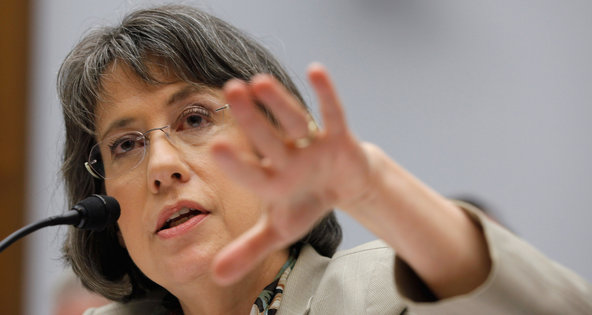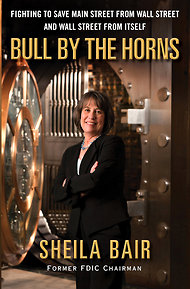Now, awkwardly, it appears that the president may have to circle back to Ms. Yellen after Mr. Summers withdrew from consideration on Sunday, bowing to the determined opposition of at least five Senate Democrats. On Monday, Ms. Yellen became the front-runner by elimination, officials close to the White House said.
Supporters of Mr. Summers, including many of the president’s closest advisers, had raised some concerns about Ms. Yellen in recent months. Perhaps most potently, they said that institutions benefited from fresh leadership and argued that Ms. Yellen’s crucial role in creating the Fed’s current policies could inhibit her ability to make necessary changes.
Some presidential advisers also argued that Mr. Summers brought crisis management experience and a working knowledge of financial markets that Ms. Yellen lacks — although so did Ben S. Bernanke when President George W. Bush selected him as chairman.
There have been tensions between Ms. Yellen and Daniel Tarullo, a Fed governor with close ties to the president’s economic team who has taken a leading role on issues of regulatory policy. Ms. Yellen also clashed with Gene B. Sperling, head of the National Economic Council, when both were advisers to President Clinton in the 1990s.
Nonetheless, the president’s advisers insisted throughout the summer that Mr. Obama was not averse to Ms. Yellen but simply more comfortable with Mr. Summers, a former Treasury secretary to President Bill Clinton who was Mr. Obama’s chief White House economic adviser through the height of the financial crisis and recession in 2009 and 2010. In those years he formed a bond with Mr. Obama and others in the White House despite a tendency toward arrogance.
Stock markets soared on Monday on the withdrawal of Mr. Summers. Many investors regarded him as less committed to the Fed’s monetary stimulus campaign than Ms. Yellen. In trading, the Dow was up 118 points and interest rates down in a show of increased confidence that the Fed would withdraw more slowly from its efforts to stimulate the economy, including bond purchases.
Ms. Yellen’s supporters waited with a mixture of elation and apprehension for the president’s next step. “Janet Yellen, I hope, will make a terrific Federal Reserve chair,” Senator Elizabeth Warren, a Massachusetts Democrat who was one of those warning the White House against a Summers nomination, said on MSBNC. “The president will make his decision, but I hope that happens.”
Administration officials and supporters acknowledged that the president would enrage his party’s base if he were now to reject Ms. Yellen and forfeit the chance to name the first woman to the most influential economic job in the world. On the other hand, with no obvious alternatives, the choice of Ms. Yellen — which months ago might have been celebrated as historic — is likely to be seen as Mr. Obama’s reluctant capitulation to his party’s left wing.
That prospect, and Mr. Obama’s distaste for being pressured into some action, could prompt him to consider other candidates, several former administration officials said.
The president had already interviewed Donald L. Kohn, a former Fed vice chairman, before Ms. Yellen got the job in 2010 on Mr. Obama’s nomination. For years, Mr. Kohn was among the most influential advisers to former Fed chairman Alan Greenspan and thus would have drawn criticism from Democrats, many of whom blame the Greenspan Fed for an antiregulatory stance that encouraged financial excesses that led to crisis.

Annie Lowrey contributed reporting.
Article source: http://www.nytimes.com/2013/09/17/business/front-runner-not-first-pick-for-fed-post.html?partner=rss&emc=rss





